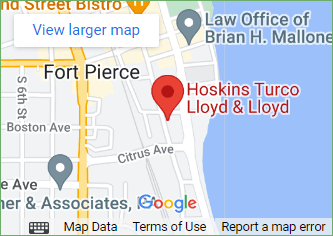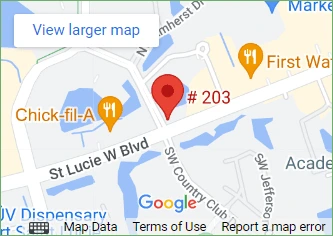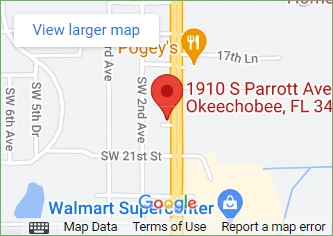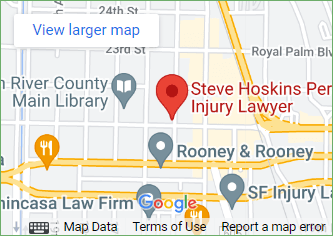All types of auto accidents can result in serious injuries or fatalities, but perhaps one of the most deadliest forms of crashes occur when a vehicle careens or is knocked into a body of water. A submerged car becomes like a death trap—waterlogged automatic door locks and windows often malfunction, making the vehicle difficult to escape.
With the many streams, lakes, swamps, retention ponds and other bodies of water that surround the roadways of Florida—not to mention 1,350 miles of coastline—it comes as no surprise that drowning deaths resulting from motor vehicle accidents are more common here than in any other state.
A recent study published by the National Highway Traffic Safety Administration shows that Florida tops the nation in traffic-accident related drownings with an average of one occurring each week. A variety of factors contribute to Florida’s high ranking, including the state’s peninsular topography, a higher percentage of elderly drivers, and a high influx of tourists who are unfamiliar with roadways and surroundings. In Palm Beach and St. Lucie Counties, motor vehicle crashes in canals constitute one-third of drowning related deaths and often occur along roads with poor visibility and no barriers warning or protecting drivers.
While attentive and observant driving is the best way to avoid motor vehicle drownings, the Drowning Prevention Coalition of Palm Beach County has devised a three-step plan to help drivers escape submerged cars.
1. Escape immediately. After a car enters the water, you must escape within the first minute. Float times of a vehicle can vary between 30 seconds and a few minutes depending on several factors, such as the vehicle’s weight, design, seals and structural damage on impact. Electric windows may only work for a short period and should be opened as quickly as possible.
2. Have an escape tool available. Officials recommend tools such as a window hammer or a seat belt cutter (both of which can be bought at hardware stores) to break open pressurized windows. To be effective, the tool must be kept within reach (i.e. under the driver’s seat or in the driver’s side door, but never in the glove box or trunk).
3. If you can’t escape before the car sinks, stay calm. While this is easier said than done, patience becomes the key to survival. Remove your seat belt, get in the back (the rear of the car is often the last part to sink), and continually pull the door handle even as the water rises. The door should open once pressure is equalized. Take a deep breath and get out.
We hope you are never in a sinking car, but since we live in Florida, we all need to be prepared. If you or a loved one has been involved in any type of auto accident, our law firm is here to help you. Call us for a free case analysis and evaluation.
Toll Free: 866-460-1990 | After Hours: 772-359-0342




